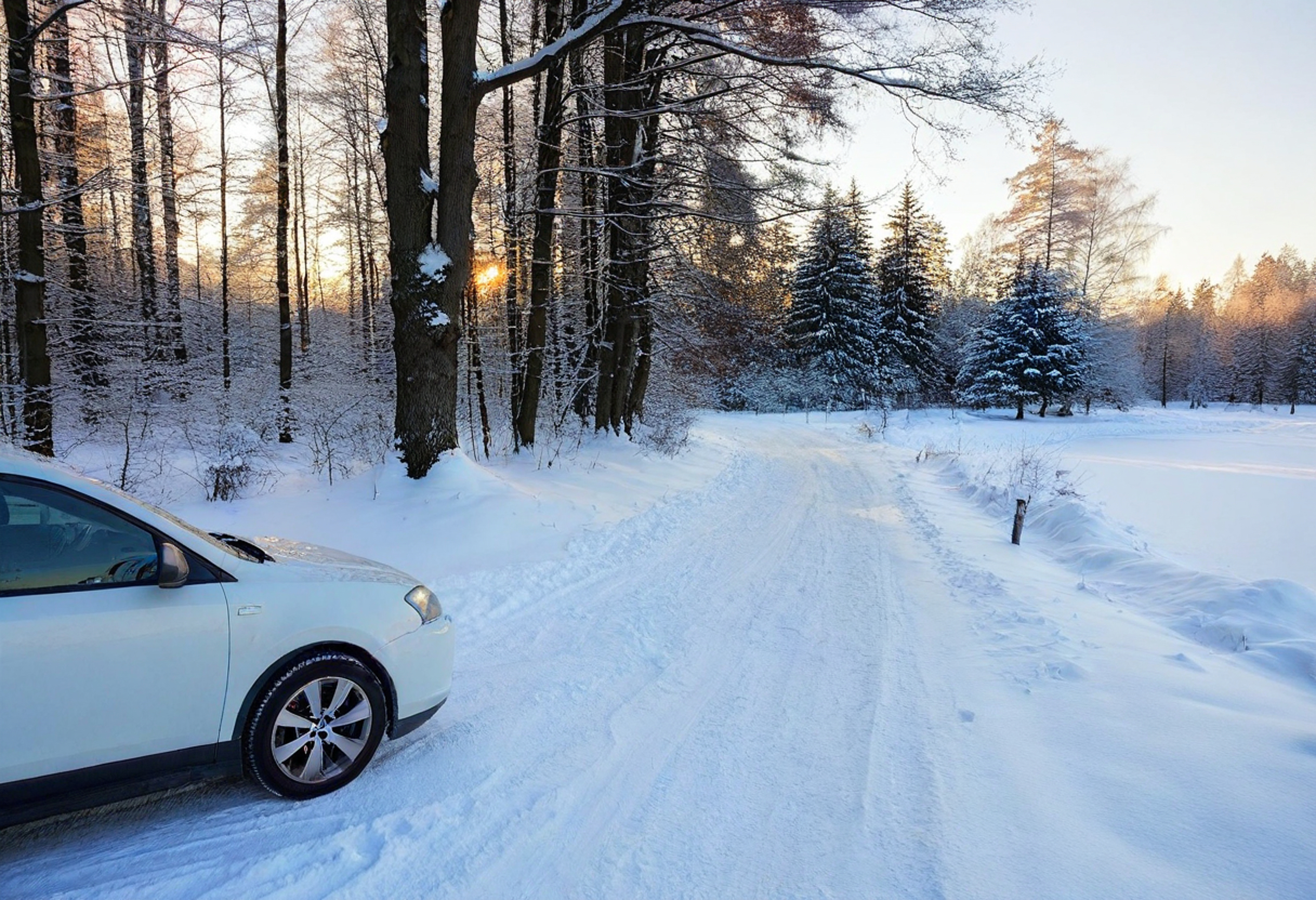- Staff
- #1
- Joined
- Oct 21, 2006
- Messages
- 48,093
- Reaction score
- 32,191
- Location
- Edmonton/Sherwood Park
- Website
- www.bumpertobumper.ca
January 21, 2025

A new study has identified the most unreliable electric vehicles EVs for winter driving, with the Nissan Leaf topping the list.
The study from Vaziri Law Group Personal Injury Attorneys identified the most unreliable EVs for winter driving by evaluating key metrics that affect performance, safety and convenience in cold conditions.
Data was collected for each EV model across four main metrics: Verified winter range loss (as a percentage), which measures the percentage reduction in driving range in winter; accidents during winter (3-year period), representing reliability and safety; charging time (10 per cent to 80 per cent) with DC fast charging, indicating convenience during winter charging; and battery usable capacity (kWh), as lower capacity can exacerbate range issues in colder weather. In the end, the winter unreliability score was calculated by combining these values, with higher scores indicating greater winter unreliability.
The study found that the Leaf suffers from a 38 per cent driving range loss in cold temperatures, has a moderate winter accident rate, and requires a longer charging time of 59 minutes from 10 per cent to 80 per cent. These factors contribute to its ranking as the least reliable EV in winter, particularly for drivers in regions with harsh winters.
The Tesla Model Y ranks second, facing a significant 52 per cent winter range loss, the second-largest in the study. It also recorded seven winter accidents, raising concerns about its handling in icy conditions. However, its 27-minute charging time offers a slight advantage for quicker recharges during winter.
In third place is the Tesla Model X, which shares a 52 per cent winter range loss similar to the Model Y. Despite recording only three winter accidents, its large 95 kWh battery experiences notable energy drain in cold climates, impacting its reliability.
The Volkswagen ID.4 ranks fourth, standing out with zero recorded winter accidents and a more manageable 35 per cent range loss. Its 28-minute charging time makes it a convenient choice for winter driving, although extended cold conditions could still limit its effective range.
The Tesla Model S comes in fifth, with the highest winter range loss at negative-55 per cent. This significant drop can be problematic in low temperatures. The Model S also recorded nine winter accidents, indicating potential handling challenges in icy conditions. Its 30-minute charging time offers some compensation, but the high range loss remains a disadvantage for extended winter driving.
Most unreliable EVs for winter driving
Adam Malik
A new study has identified the most unreliable electric vehicles EVs for winter driving, with the Nissan Leaf topping the list.
The study from Vaziri Law Group Personal Injury Attorneys identified the most unreliable EVs for winter driving by evaluating key metrics that affect performance, safety and convenience in cold conditions.
Data was collected for each EV model across four main metrics: Verified winter range loss (as a percentage), which measures the percentage reduction in driving range in winter; accidents during winter (3-year period), representing reliability and safety; charging time (10 per cent to 80 per cent) with DC fast charging, indicating convenience during winter charging; and battery usable capacity (kWh), as lower capacity can exacerbate range issues in colder weather. In the end, the winter unreliability score was calculated by combining these values, with higher scores indicating greater winter unreliability.
The study found that the Leaf suffers from a 38 per cent driving range loss in cold temperatures, has a moderate winter accident rate, and requires a longer charging time of 59 minutes from 10 per cent to 80 per cent. These factors contribute to its ranking as the least reliable EV in winter, particularly for drivers in regions with harsh winters.
The Tesla Model Y ranks second, facing a significant 52 per cent winter range loss, the second-largest in the study. It also recorded seven winter accidents, raising concerns about its handling in icy conditions. However, its 27-minute charging time offers a slight advantage for quicker recharges during winter.
In third place is the Tesla Model X, which shares a 52 per cent winter range loss similar to the Model Y. Despite recording only three winter accidents, its large 95 kWh battery experiences notable energy drain in cold climates, impacting its reliability.
The Volkswagen ID.4 ranks fourth, standing out with zero recorded winter accidents and a more manageable 35 per cent range loss. Its 28-minute charging time makes it a convenient choice for winter driving, although extended cold conditions could still limit its effective range.
The Tesla Model S comes in fifth, with the highest winter range loss at negative-55 per cent. This significant drop can be problematic in low temperatures. The Model S also recorded nine winter accidents, indicating potential handling challenges in icy conditions. Its 30-minute charging time offers some compensation, but the high range loss remains a disadvantage for extended winter driving.



